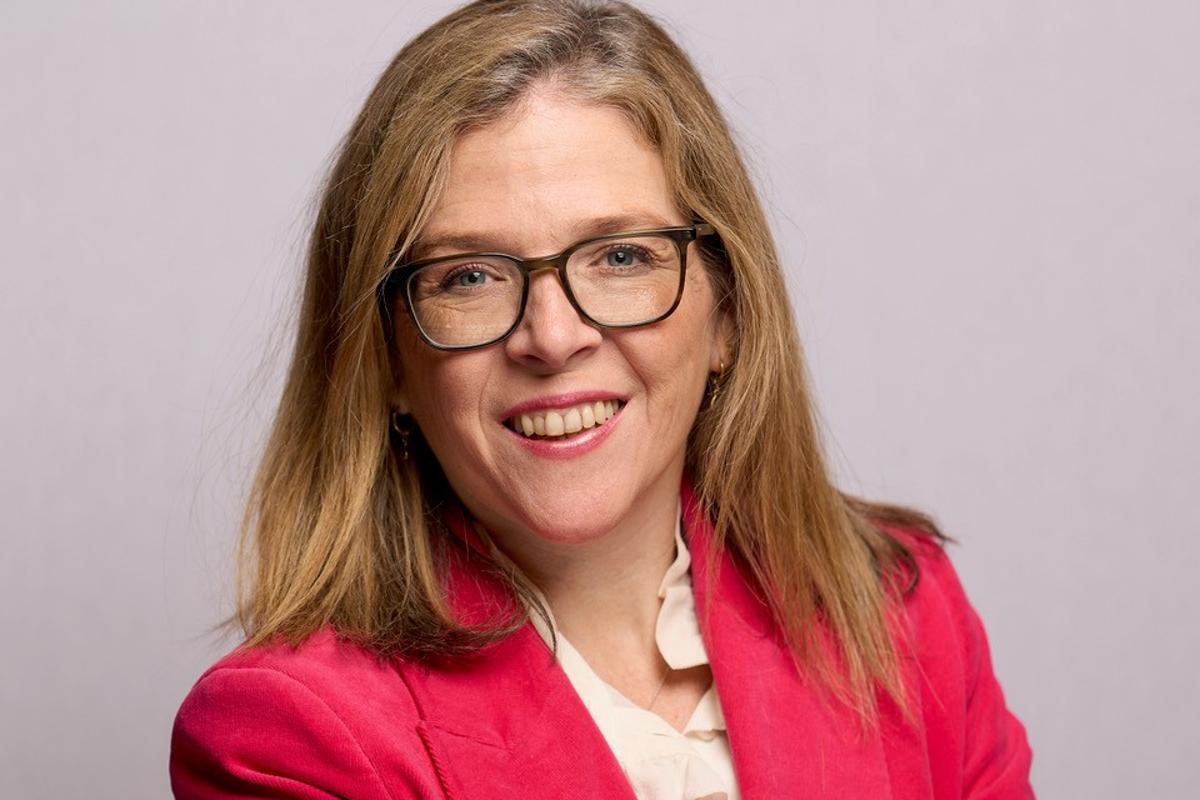More needs to be done to address the gender pay gap in education, say school leaders on International Women’s Day

Commenting on International Women’s Day (Tues 8 Mar), Paul Whiteman, general secretary of school leaders’ union NAHT, said:
“More women than men work in schools and today is an opportunity for us to recognise the success of women leaders in education.
“Unfortunately, International Women’s Day also serves as a reminder that we still have a very long way to go when it comes to tackling inequity. School leadership pay has been eroded for everyone over the last decade, but for women there has been a ‘double hit’, due to continued disparity in the system. Worryingly, there is evidence to suggest that the pay gap between men and women in school leadership has actually worsened over the last decade.”
Recent analysis by NAHT with WomenEd shows that the difference between male and female headteachers’ average pay across all state-funded nursery and primary schools has increased by nearly £1,000, from an average gap of £1,878 in 2010/11 to £2,834 in 2020/21. In secondary, the gap has also increased over the last ten years, peaking in 2019/20 with an average gap of £2,917. The gap for 2020/21 currently stands at £2,702.
Regardless of school phase or structure, men typically earn more than women. The more senior the position, the wider the gulf becomes. The latest school workforce statistics show that men earnt on average 2.4% more at classroom teacher level, but a staggering 12% more at headteacher level than women.
Whilst women make up the majority of the education workforce, they remain under-represented in senior leadership positions. In primary schools, one-in-eight (13%) teachers are male, yet more than one-in-four (26%) headteachers are men. A similar picture emerges in secondary schools – 34% of classroom teachers are men increasing to 60% for head teachers.
Mr Whiteman continued: “We have identified several factors that could be contributing to the gap in pay, including the underrepresentation of women in senior leadership positions, the impact of the education pay framework and performance-related pay, and the fact that women are more likely to manage caring responsibilities in family life with a negative impact on pay and career progression.
“To make progress, we need to frame the issue in a way that fosters a culture of change at all levels. We have highlighted the pay gap in order to continue a much-needed conversation, helping to empower women leaders everywhere, and use our platform to press for the changes in the system that are sorely needed.”











Responses